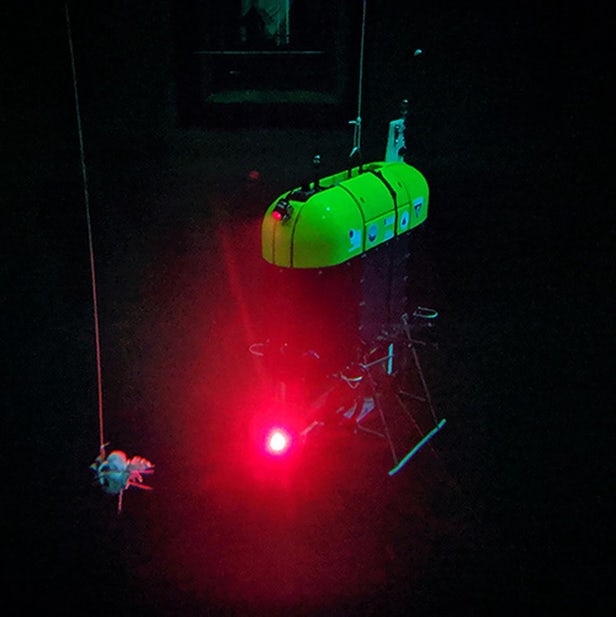A new type of underwater robot has completed sea trials in Monterey Bay, California. Developed by the Monterey Bay Aquarium Research Institute (MBARI), the Woods Hole Oceanographic Institution (WHOI), and partners, the Mesobot is a semi-autonomous robotic submersible designed to study the marine twilight zone of the mesopelagic region.
The mesopelagic zone is sort of the middle ground of the ocean. Located between 200 and 1,000 m (660 to 3,300 ft) in depth, it’s a region where only one percent of the ambient light reaches down. There isn’t enough light to support photosynthesis, but it’s still home to a surprising variety of life, including bristlemouths, blobfish, bioluminescent jellyfish, and giant squid.
It’s also an area of great scientific, commercial, environmental, and military interest because it’s through here that the “diurnal vertical migration” takes place. Called the greatest migration on Earth, it occurs twice a day as planktonic animals ascend into what little daylight there is, and then descend again in the evening.

This affects everything from feeding patterns of swordfish, tuna and other large animals, to carbon capture and anti-submarine warfare, but very little is known first-hand about what happens in the mesopelagic, so Mesobot has been under development since 2017 with the help of Stanford University, and the University of Texas Rio Grande Valley.
Read the rest of article: NEW ATLAS source
